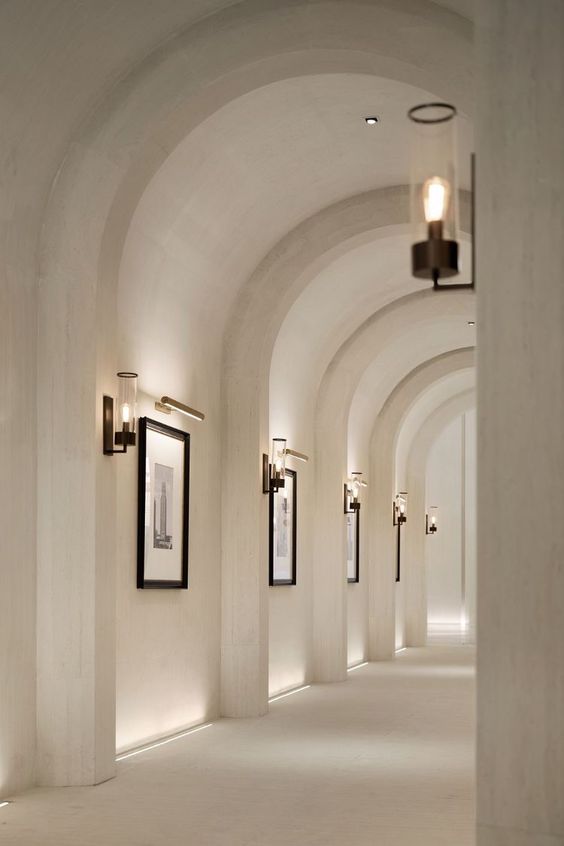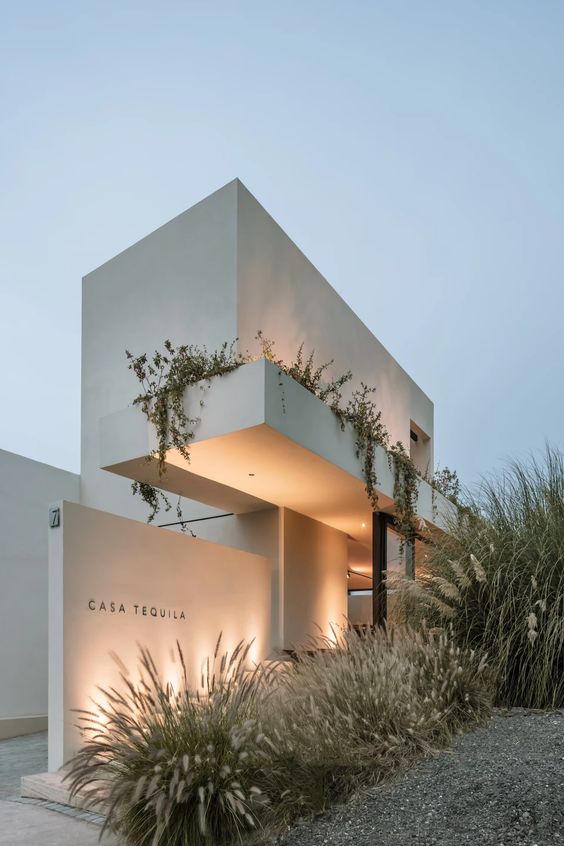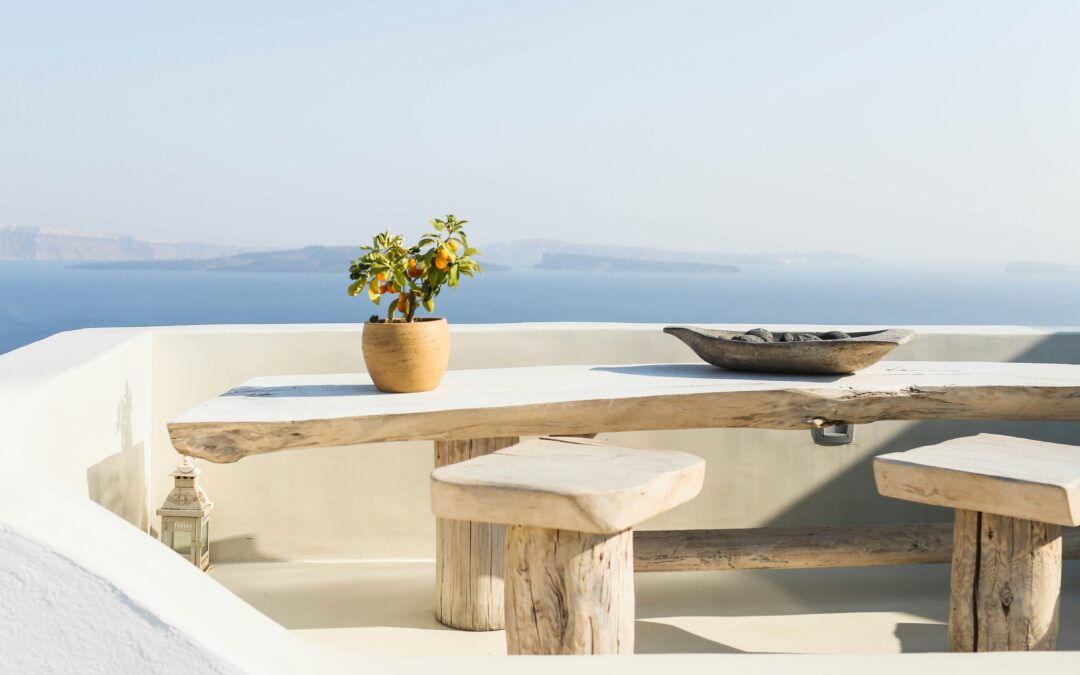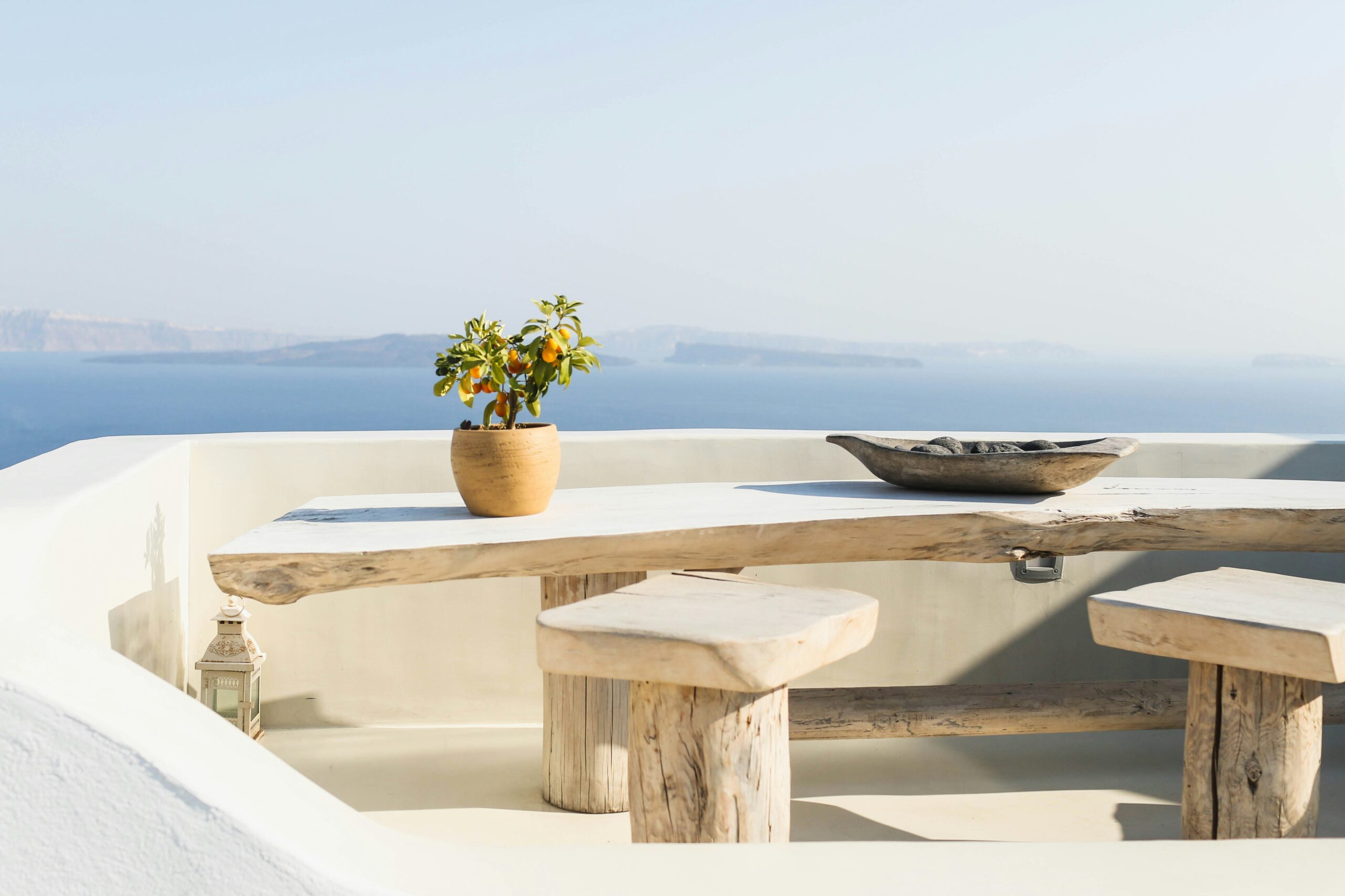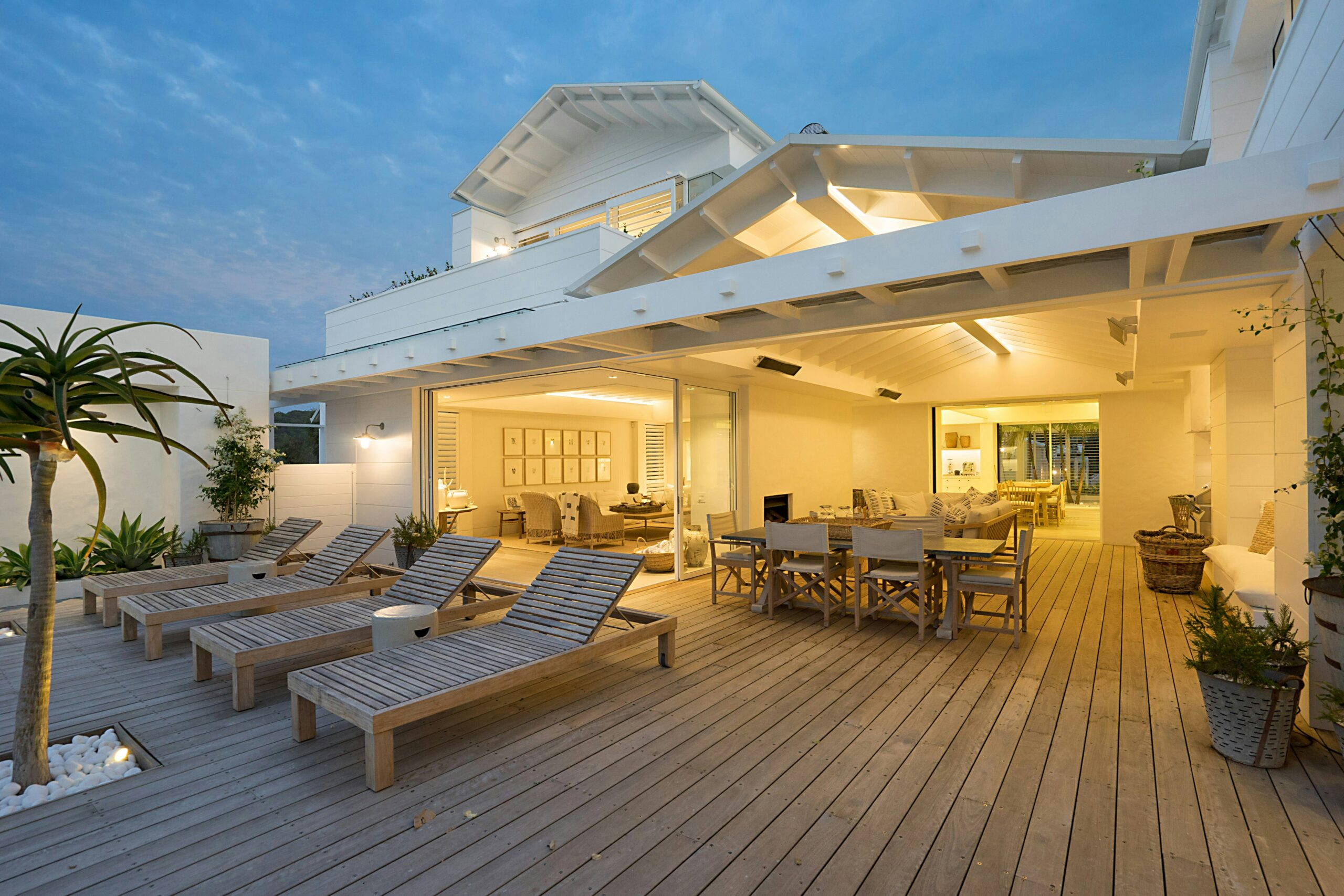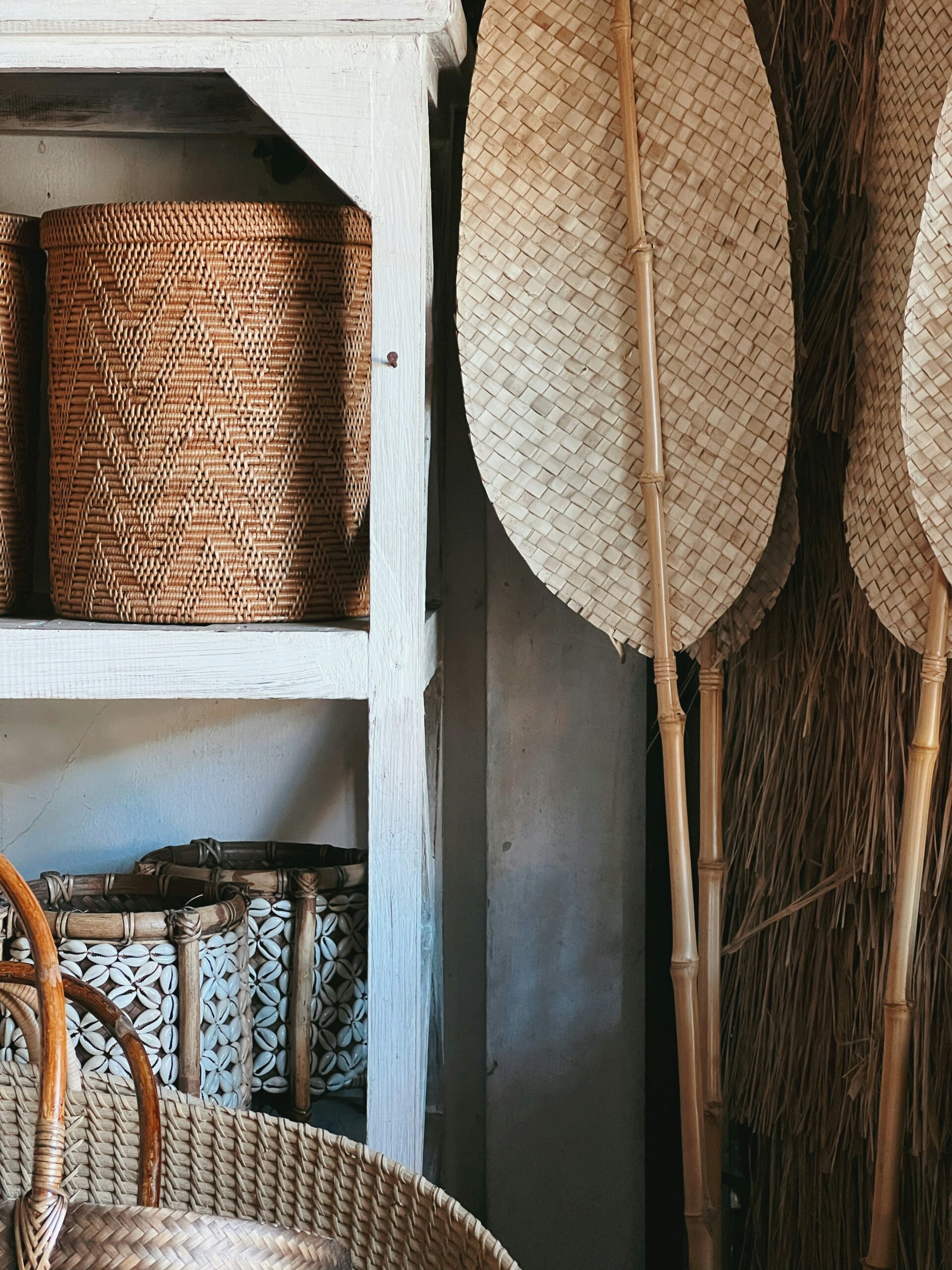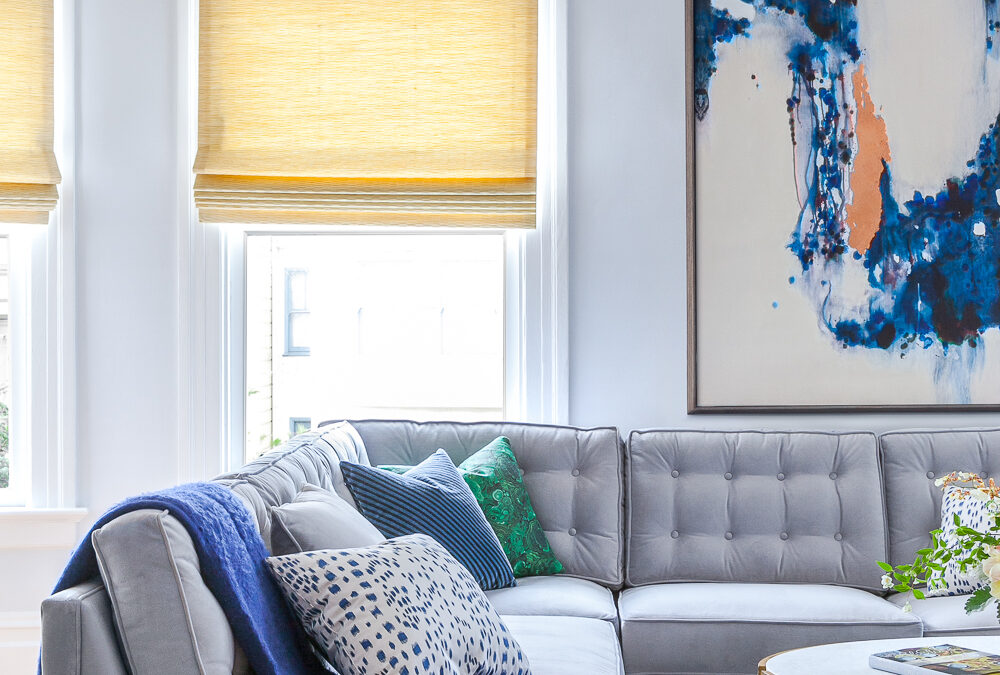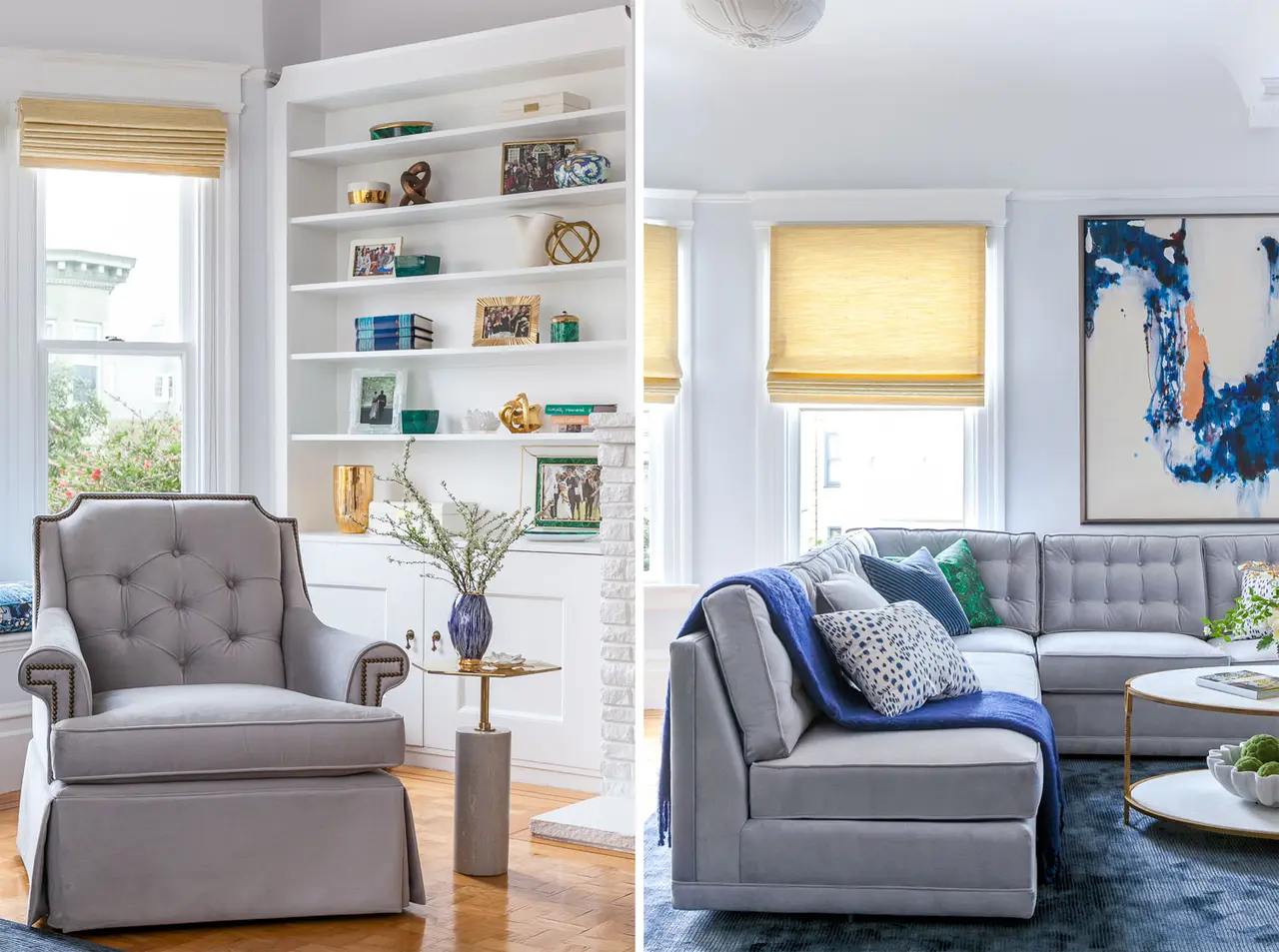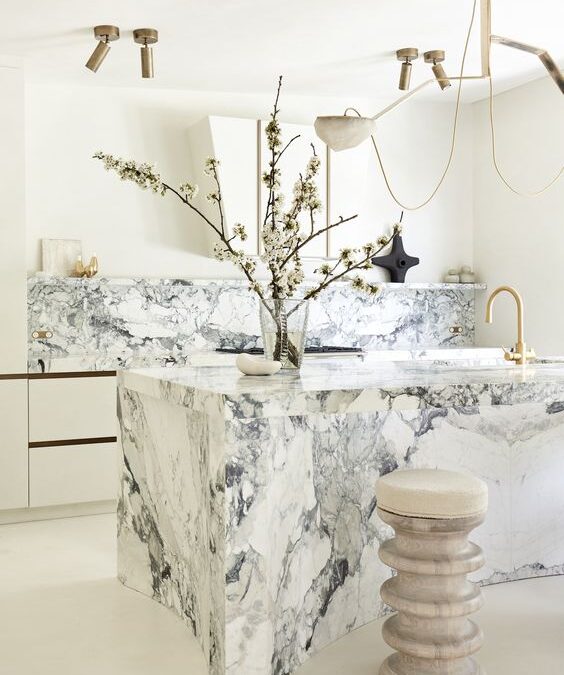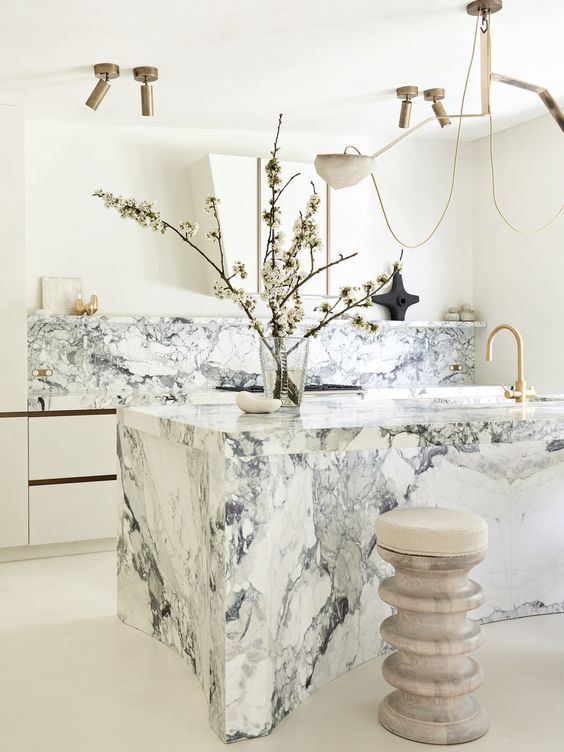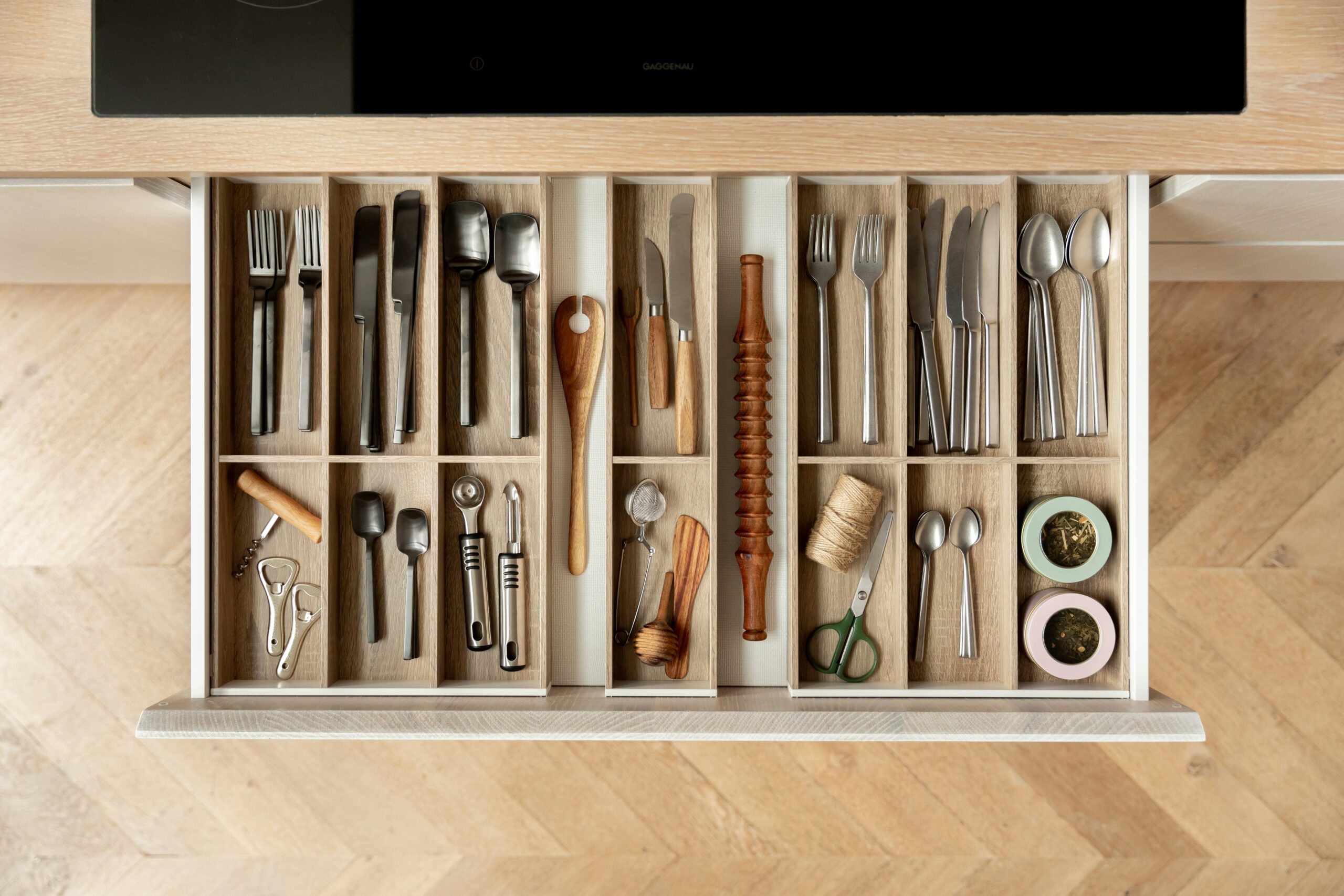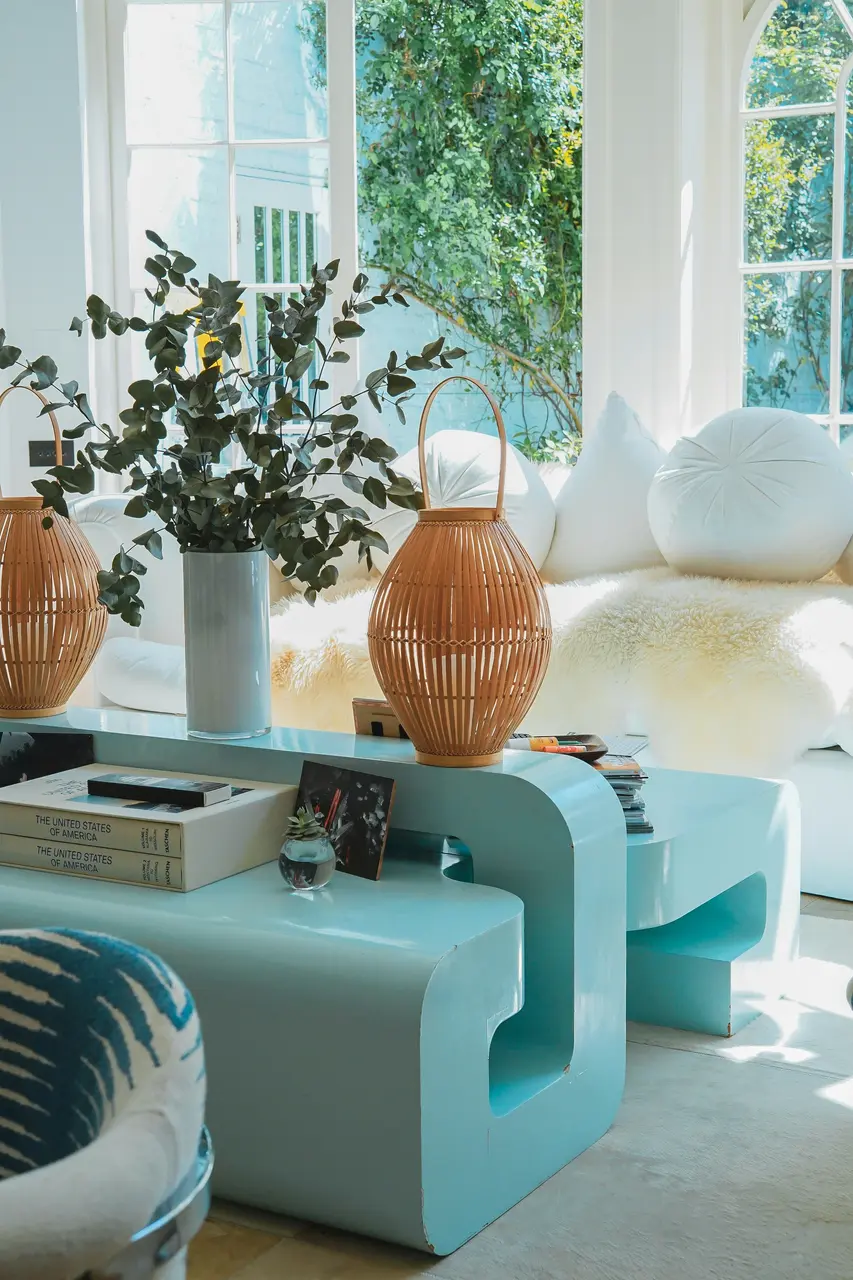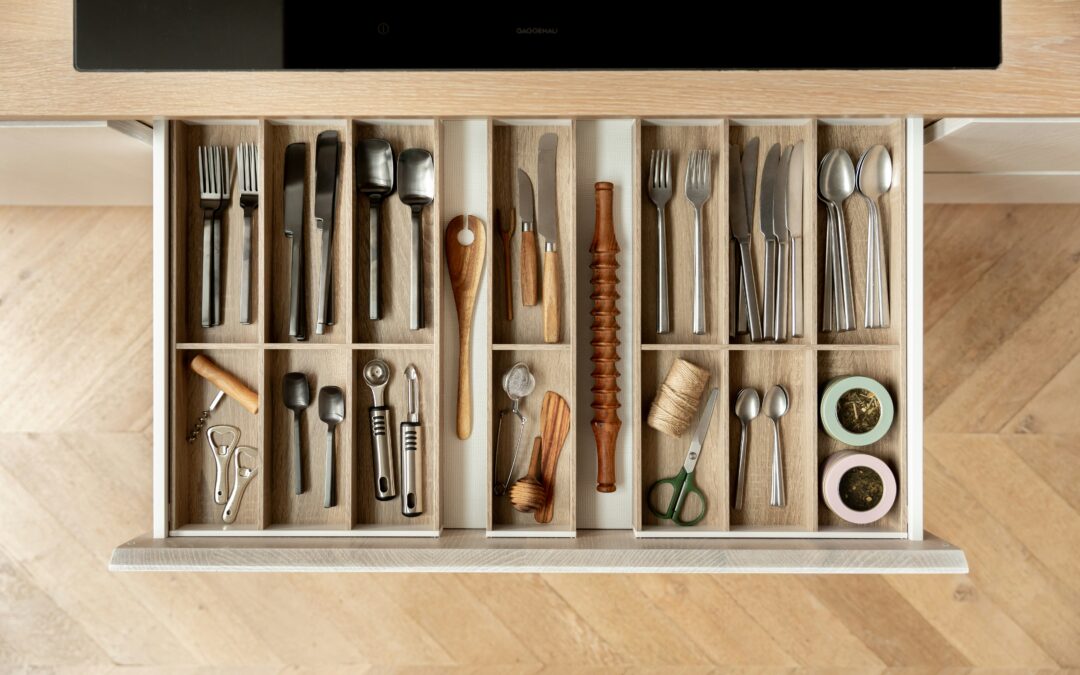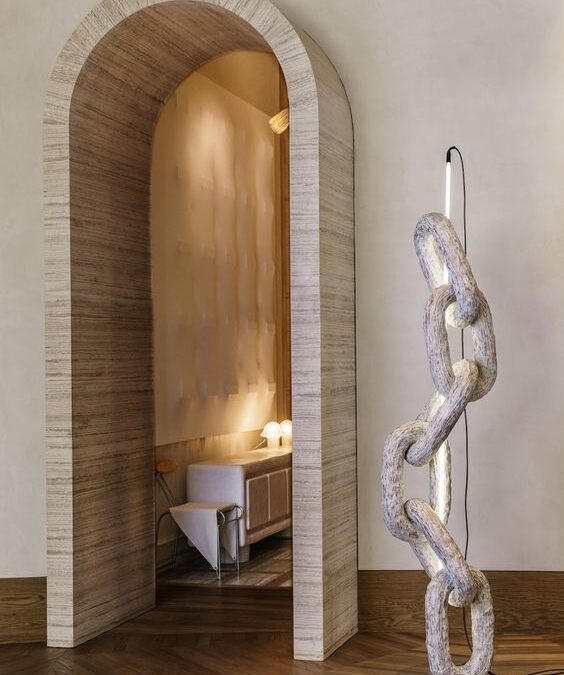
Ultimate Lighting Guide
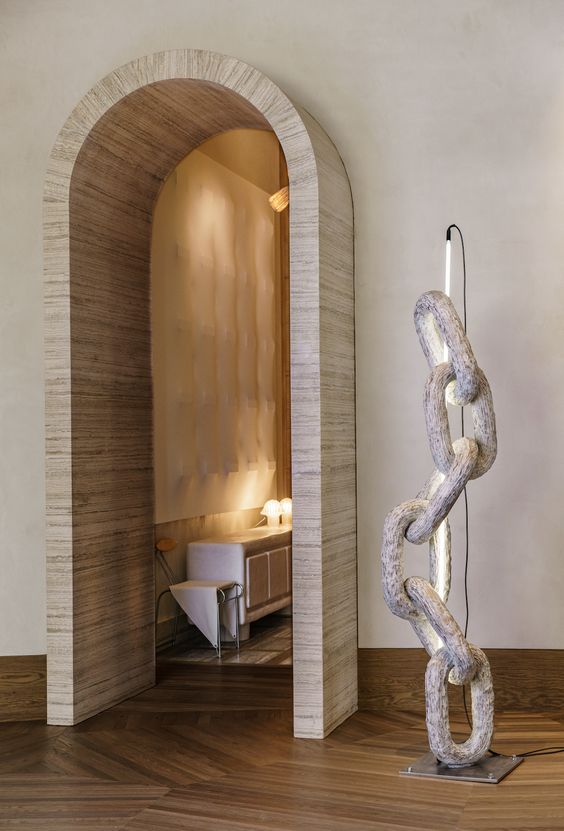
Layering
Ambient Lighting:
Task Lighting:
Accent Lighting:
Accent lighting is used to highlight specific features or objects in a room, such as artwork, architectural details, collectibles, candle light and fire light. It adds drama and visual interest to your space by creating focal points. It can be achieved through the use of spotlights, track lighting, wall sconces, or picture lights. The key is to ensure that the intensity and direction of the light draw attention to the desired element without overpowering the overall lighting scheme. Picture lights should be angled at 30 degrees from the piece, and measure half the width of the framed piece below it.
